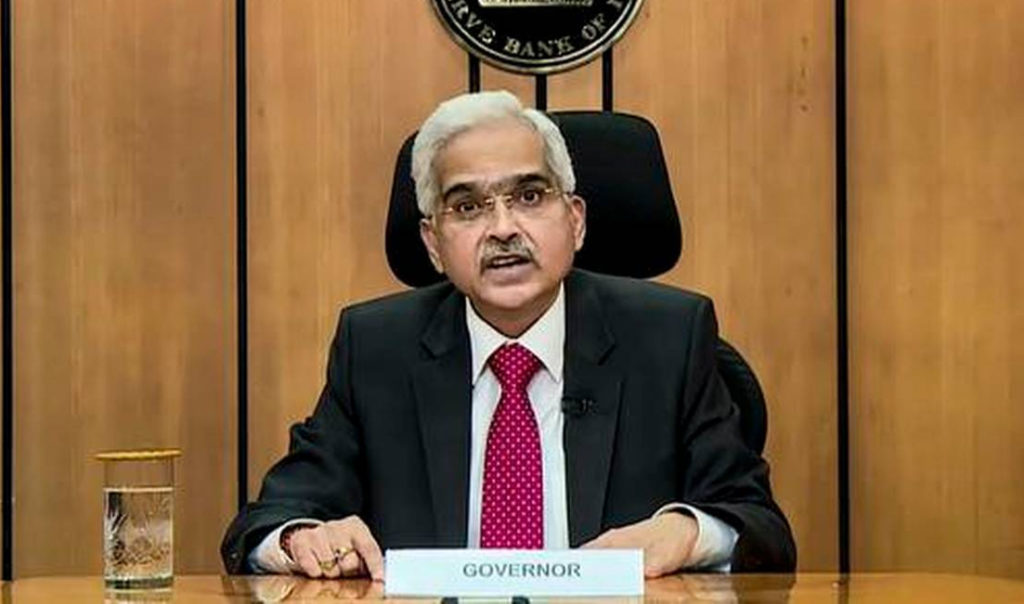In a Report on Trend and Progress of Banking in India 2020-21, which presents the performance of the banking sector, RBI says “despite the large localized presence of UCBs, their clientele share is increasingly being taken away by SCBs, leveraging banking correspondent networks and FinTech”.
As a result, the total balance sheet size of UCBs as a proportion to that of SCBs has fallen from 5.6 percent at the end-March 2005 to 3.4 percent at the end of March 2021. Their share in deposits and advances has also fallen proportionately, says the Report.
For regulatory purposes, UCBs are classified into Tier-I and Tier-II categories, based on their depositor bases. The Tier-II category has become dominant, mainly on the back of an expansion of their depositor bases, the report states.
The Report says the balance sheet growth of urban co-operatives banks (UCBs) in 2020-21 was driven by deposits, while subdued credit growth led to an acceleration in investments. Their financial indicators, including capital position and profitability, improved.
The profitability of state co-operative banks and district central co-operative banks improved in 2019-20, while their asset quality deteriorated, underlines the Report.
The co-operative banking segment—both urban and rural—remained robust throughout the COVID-19 stress. Although the balance sheet growth of urban co-operatives banks (UCBs) in 2020-21 was driven by deposits on the liabilities side, subdued credit growth prompted an acceleration in investments on the assets side.
Among the short-term rural co-operatives, the profitability of state co-operative banks and district central co-operative banks improved, while their asset quality deteriorated. Going forward, structural reforms that address deep-seated fault lines are expected to catalyze change in their operations.
On the Urban Co-operative Banks, the Report says Financial liberalization in the 1990s resonated through the urban co-operative banking sector. Interest rate deregulation provided an incentive for attracting new players with wider operational margins, while a liberal licensing policy eased barriers to entry.”
The number of UCBs increased from 1,307 in 1991 to 2,105 in 2004, accompanied by an 18 percent compounded annual growth rate (CAGR) of deposits. In subsequent years, however, financial weakness in some entities led to concerns about their systemic impact.
The Reserve Bank initiated a process of consolidation in the sector, including the amalgamation of unviable UCBs with their viable counterparts, closure of non-viable entities, and suspension of issuance of new licenses. As a result, the number of UCBs progressively declined to 1,534 by the end-March 2021.
Starting 2004-05, the consolidation drive has yielded a total of 136 mergers till March 2021, with more than three-fourths of them in two states, viz. Maharashtra and Gujarat. License cancellations accompanied the merger process, with a total of 44 UCB licenses being canceled since 2015-16. With most of the amalgamations and closures occurring in the non-scheduled category, the number of scheduled UCBs (SUCBs) has broadly remained constant.
